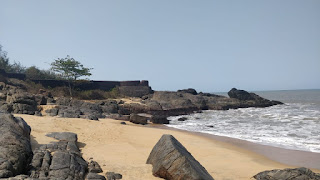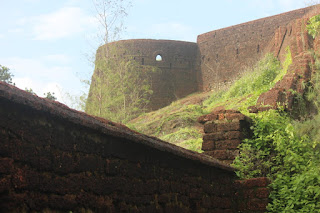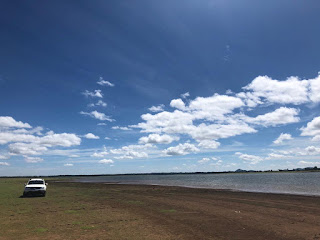Yes the same fort which comes in a lot of movies.
Bekal fort is situated 16km south of Kasargod on the national highway at the northern tip of the state. Bekal fort is one of the biggest and best preserved forts of Kerala on the the Arabian sea. In the early period, Bekal was under the control of Kadamba dynasty of Karnataka and later under the Mushika kingdom and subsequently ruled by the Kolathiri Rajahs. Under the reign of Kolathunadu rulers, in 13th centuryAD, Bekal became one of the important port towns of Kerala. At the same time maritime trade with Portuguese and other European countries attained importance from the days of Vijayanagara rulers. After the fall of Viajayanagara Empire, the south Canara district and a part of Kasargod came under the control of Ikkeri Nayaks. They were also known as Bednore Nayaks or Keladi Nayaks after their capital at Bednore and Keladi respectively. Sivappa Nayaka of Bednore constructed the Bekal fort in 1650 A.D. They were also responsible for the construction of the Chandragiri Fort at Kasargod. Another opinion is that Kolathiri Raja built the fort and later on reconstructed by Sivappa Nayaka (1645 - 1660 AD). Due to its resourceful and strategic importance, this area had witnessed many battles between the British and Haider Ali. Later Haider Ali captured Bekal fort in 1763 AD. During the time of Tipu sultan, it became a centre of administration of Tulnadu and Malabar area. After the fall of Tippu Sultan in 1799 A.D, Bekal fort was incorporated into the dominion of the British.After watching the uyirae uyirae song, now it looks like the fort has changed a lot from then to now. A lot has happened in the name of renovation. Here are some snaps from the two times I visited the fort pre and post monsoon.






















